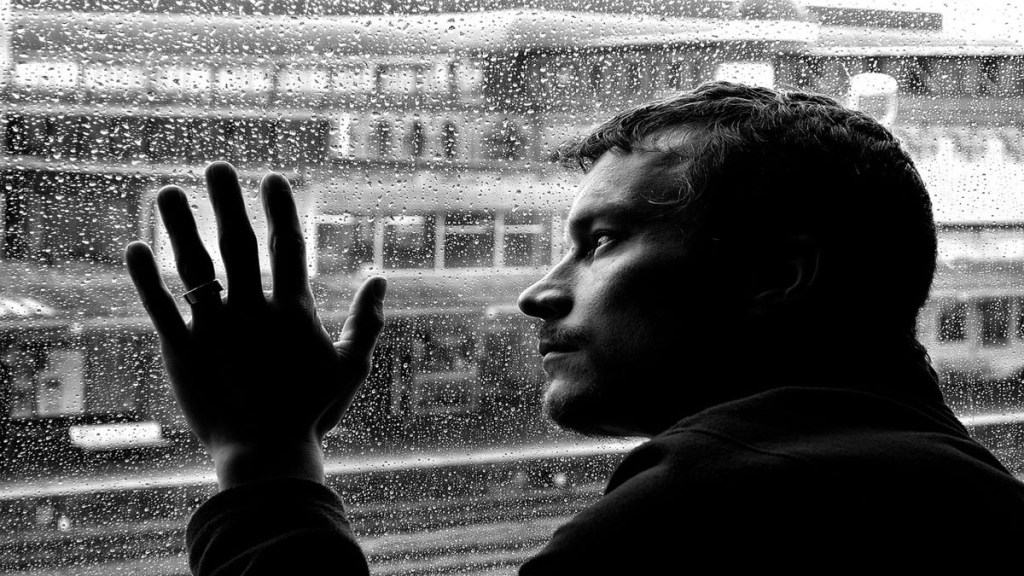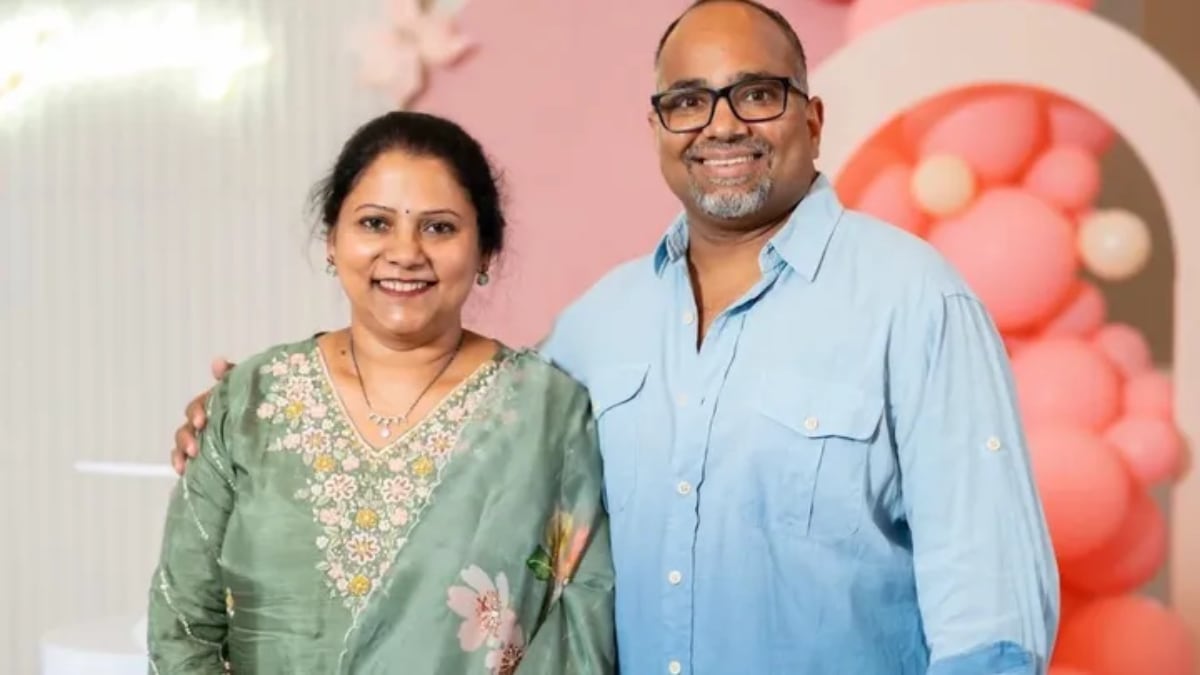The winter season is gloomy and it casts a melancholic atmosphere. The days are shorter and the nights are longer. The world takes on a muted and desaturated appearance, with the dullness of the season reflected in the monotony of colour.
According to the data from the India Meteorological Department, India’s National Capital has witnessed a January colder than in previous years as the temperature continued to be below normal day-time levels for most of the month. The average maximum temperature so far this month was 17.3 degrees Celsius, which is the lowest for the month till January 27 from at least 2012 onwards.
The harsh temperatures poses serious health risks, leading to an increase in various cold-related illnesses. The season also has a worrisome impact on the mental health. The biting cold months are often associated with the risk of developing Seasonal affective disorder, or SAD, a condition in which some people experience a significant mood change when the seasons change. It is noteworthy that SAD is not considered a separate disorder but is a type of depression.
‘A recurrent depressive disorder’
Depression is one of the leading causes of morbidity associated with medical illnesses. Dr Shambhavi Jaiman Consultant Psychiatrist Department of Mental health and Behavioural Sciences, Fortis Healthcare told Financial Express.com that SAD is a recurrent depressive disorder characterized by the onset of depressive symptoms during specific seasons, typically the fall and winter months.
“The prevailing hypothesis is that reduced exposure to natural sunlight during these seasons disrupts circadian rhythms and affects neurotransmitter levels, particularly serotonin and melatonin,” Dr. Jaiman said.
Meanwhile, Dr. Srikanth Srinivasan, Chief Medical Director, Niyama Digital Healthcare highlighted that SAD can occasionally during summer which is termed SAD – summer type.
“Deficits in vitamin D which results from reduces sunlight exposure in winter may exacerbate these problems because vitamin D is believed to promote serotonin activity,” Dr. Srinivasan told Financial Express.com.
It may begin at any age but it generally starts when a person is aged between 18-30 years.
According to Dr. Rahul Chandhok, Head Consultant, Mental Health and Behavioural Science, Artemis Hospitals, it is more common among younger adults than in older adults.
“Also this happens more in women than men. It is believed that shorter days, less daylight during the winter season may trigger a chemical change in the brain resulting in symptoms of depression,” Dr. Chandhok told Financial Express.com.
What is the status of SAD in India?
Multiple media reports suggest that more than 10 million people in India suffer from SAD. According to Dr. Jaiman, limited research in India suggests the existence of SAD, with higher prevalence in regions experiencing distinct seasonal changes.
“Factors contributing to its occurrence may include reduced sunlight exposure, lifestyle modifications, and cultural influences affecting individuals’ susceptibility to depressive symptoms during specific times of the year,” she explained.
However, SAD is less well studied in India compared to other western countries.
“While the community prevalence of SAD in North America is around 5% there have only been a few clinic/hospital-based studies from Northern India. While a study from Kashmir reported winter type SAD as being more common, the other study from Chandigarh reported summer type SAD as being more common [5.7% of all cases seen in that hospital]. Mania predominant SAD was also commonly reported in the Chandigarh study but not in the Kashmir study,” Dr. Srinivasan told Financial Express.com.
In temperate climates, like in the United States, SAD typically occurs in the winter months, and is associated with reduced sunlight exposure. However, in India, it is common to experience SAD during summer months.
The climatic conditions with harsh, snowy winters in Kashmir and extreme summer heat in Chandigarh and adjoining North India and the latitudinal location of the places were cited as the possible reasons for these divergent results, he revealed.
Moreover, Dr. Chandhok also highlighted that in India, scorching summers and gloomy winters are the major reasons why people feel irritable, depressed and have less energy.
“Sometimes monsoon is also responsible for SAD in India, causing irritation among people. The changes in the seasons affect the natural biological clock which causes changes in the mood,” he told Financial Express.com.
What are the symptoms of SAD?
Symptoms of major depression may include:
- Having a low/sad mood most of the day, nearly every day
- Losing interest in activities you once enjoyed
- Having problems with sleep, appetite or energy
- Feeling hopeless or worthless
- Having frequent thoughts of death or suicide
For winter-pattern SAD, additional specific symptoms may include:
- Oversleeping (hypersomnia)
- Overeating, particularly with a craving for carbohydrates
- Weight gain
- Social withdrawal (feeling like “hibernating”)
Specific symptoms for summer-pattern SAD may include:
- Trouble sleeping (insomnia)
- Poor appetite, leading to weight loss
- Restlessness and agitation
- Anxiety
- Episodes of violent behaviour
How SAD is diagnosed and treated?
To receive a diagnosis for SAD, an individual must meet certain criteria. According to Dr. Srinivasan, like in any other psychological condition a person with suspected SAD is initially queried about the symptoms, onset, duration, impact, precipitants and any other past medical or family psychiatric illnesses and treatments.
“A thorough review of symptoms of all major psychiatric conditions is also conducted. He/she is then taken through a mental state examination – the equivalent of a physical examination to assess current mood, emotional and cognitive state. Information is also gathered from a close family member or friend. Laboratory tests may be
ordered if needed,” he informed.
The final diagnosis is arrived at adhering to standard classification systems [DSM or ICD] and the treatment plan formulated jointly in conjunction with the person and/or family, he added.
Meanwhile, Dr. Chandhok explained that in India, SAD is diagnosed according to the DSM-III-R criteria. “This ailment is generally is self-diagnosable. The thorough evaluation to diagnose SAS includes physical examination and asking in-depth questions about your mental health status,” he told Financial Express.com.
The three most commonly use methods of treatment for SAD include:
- Bright Light Therapy – given daily early in the morning using a light box
- Antidepressant Medications from the SSRI class as well as the drug Bupropion
- Psychotherapy
- Vitamin D
Who is more susceptible to SAD?
Seasonal affective disorder (SAD) is more common in people between 18 and 30 and people assigned female at birth. According to Dr. Srinivasan, SAD is four times more common in women than men.
“It is more common in those living farthest from the equator in northern latitudes. It is also commonly seen in patients with pre-existing mental health conditions such as major depressive disorder or Bipolar disorder. Professionals who do shift work may also be at particular risk,” he said.
SAD might also occur because of genetic factors as well.
“If there are cases of SAD in someone’s family history, then he/she is more likely to experience SAD. It’s not a difficult thing that cannot be tackled on its own. If you are experiencing seasonal depression then it is advised to shift your focus from things that are making you feel depressed and instead concentrate on doing things that make you feel good,” Dr. Chandhok explained.
For instance, if the gloomy weather is making you feel depressed then it’s better to avoid looking outside and instead do something else like reading a book, watching a movie or listening to some music, he emphasised.
“If it becomes too much for you to handle, then consider consulting a mental health professional,” he added.
When to see a doctor or a mental health professional?
When SAD occurs in a mild form it is called “Winter blues”. This may not be severe enough to cause difficulty in interpersonal or occupational functioning.
However more severe or prolonged symptoms of sufficient magnitude and especially if accompanied by thoughts of self-harm] to impair interpersonal or occupational functioning almost always warrant a consultation with a mental health professional, Dr. Srinivasan suggested.
It is advisable to consult a mental health professional when experiencing persistent changes in mood, energy, or behavior that significantly impact daily functioning.
According to Dr. Jaiman, warning signs include thoughts of self-harm, difficulties in coping with daily life, and a noticeable decline in overall well-being.
“Individuals with SAD can benefit from a holistic approach to treatment, combining professional interventions with lifestyle modifications. Establishing a robust support system, engaging in stress management techniques, and addressing cultural nuances in therapy are integral aspects. Continued research in India will contribute to a deeper understanding of SAD, facilitating more tailored and culturally sensitive interventions,” she told Financial Express.com.
DISCLAIMER: If you or someone you know is struggling with their mental health or in distress contact the Vandrevala Foundation’s helpline (+91-9999666555) which is available in 11 languages including English and can be accessed via telephone or WhatsApp 24×7. You can also contact Fortis Hospital’s National Helpline number 91-8376804102 which is available 24×7. You can also contact the Government Mental Health Rehabilitation Helpline ‘KIRAN’ at 18005990019 which is available 24×7.







